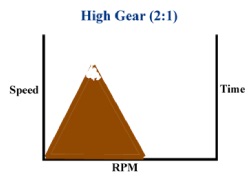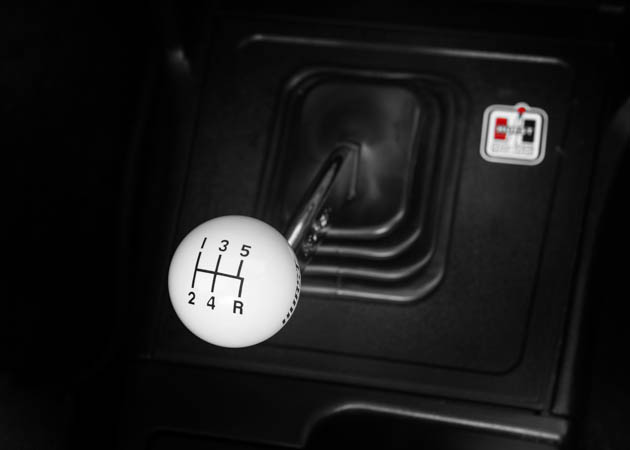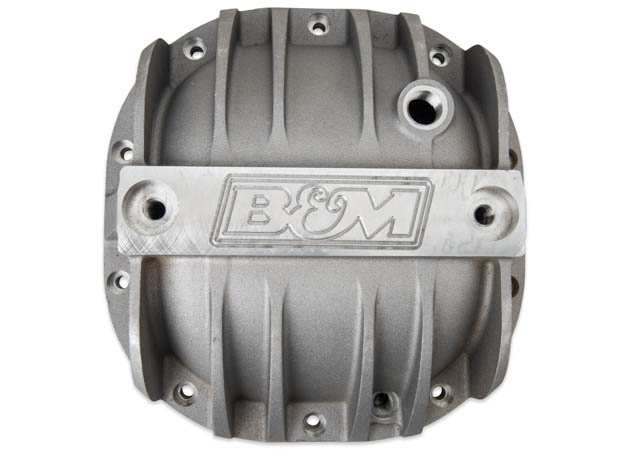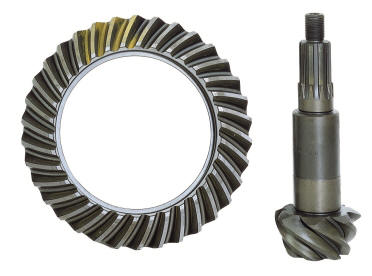Which gear ratio should I get? This is a debate that has gone on since the introduction of the Fox Body platform back in the 80’s. Unfortunately, it will continue to go on because there isn’t one answer to rule them all. The good news is we help and guide you in your quest to find the right gear for your Mustang.
Contents
- What is a Mustang's Gear Ratio?
- Should I Choose a Higher Gear Ratio For my Mustang?
- How Your Mustang's Transmission Factors in
- Know Which Rear Differential Your 1979-1993 Mustang Has
- Choosing the Right Gears for a Fox Body Mustang
- Popular Options
- Additional Gear Info
- 1979-1993 Mustang Gear Swap: What to Expect
Shop Fox Body Gears
Replacing your rear gears may not increase horsepower, but you will feel a huge boost in performance. Gears allow your Mustang to accelerate faster and reach peak rmps quicker, resulting in faster track times and a better jump off the line.







